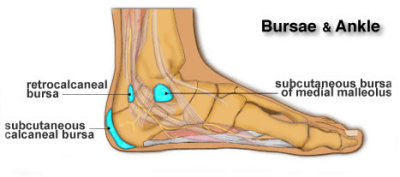


Move 1: Towel Curls Sit with your foot on the ground, without a shoe or sock on Include metatarsal arch exercises in your workout. Strengthening the muscles on the bottom of your foot will help support your painful metatarsals.Genetics or any of a number of pre-existing conditions, including hallux valgus (a bunion), a long second. The joint is located at the base of the toe where the long foot bone (metatarsal) meets the toe (phalanx).

2nd MTP instability and synovitis is the weakness and inflammation of the joint capsule of the 2nd metatarsophalangeal joint.Increased stress is typically caused by activities that generate an excessive load on the ball of the foot, such as climbing ladders, squatting. MTP Synovitis is caused by increased stress on the metatarsophalangeal joint at the base of the toe, which causes inflammation and degeneration of the ligaments and tissues that hold the joint together.People with rheumatoid arthritis are [ synoviti The ligaments loosen and the joint may develop instability. MTP synovitis is a common disorder caused by excessive stress on that joint, usually exacerbated by activity. Synovitis is a swelling of the joint lining. Morton's Neuroma, commonly misdiagnosed for second MTP synovitis, is really nothing like second MTP synovitis The metatarsophalangeal joint (MTP) is located in the forefoot where the metatarsal and phalanx bones meet. It's typically worse when people are barefoot on hard floors, and better in shoes. Second MTP synovitis produces a painful lump commonly described as a rock on the bottom of the foot.


 0 kommentar(er)
0 kommentar(er)
